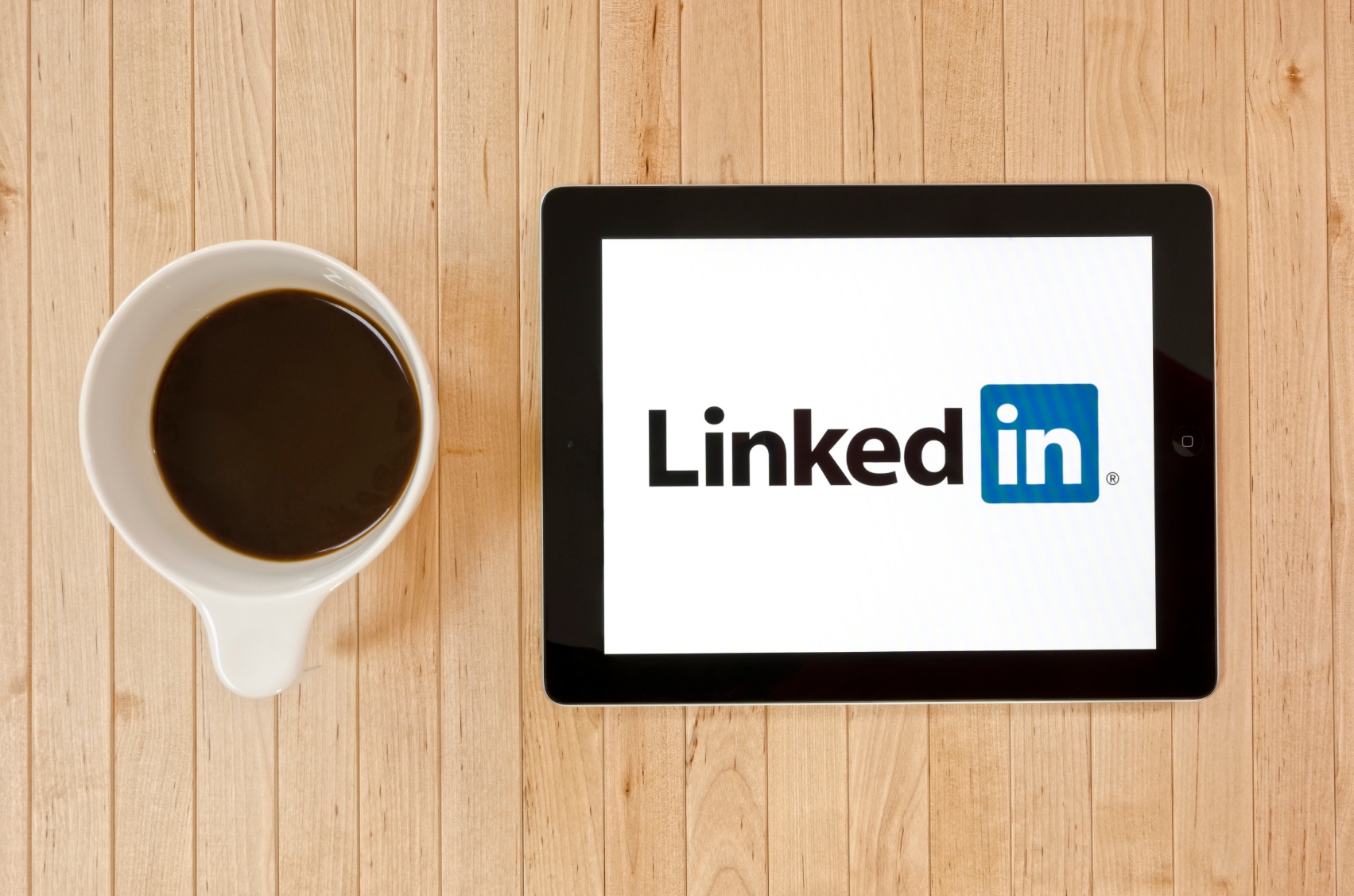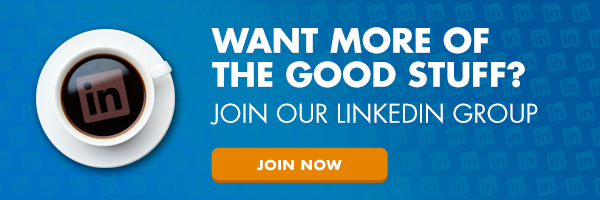Why Your LinkedIn Profile and Resume Should Compliment One Another


If you’re applying for a new job you’ve probably touched up both your LinkedIn profile and your paper resume. However, does the information in both support the other? They shouldn’t be exact reflections of each other, but they definitely mutually compliment in terms of your personal brand. Your paper resume should be tailored to the specific job you’re applying to, while your LinkedIn profile page is a compilation of your career, accomplishments and connections. While neither should completely match the other, you better believe recruiters are going to be checking social media, and if they don’t line up – there’s a big red flag on your application.
Check Employment Dates
This is one of the bigger problems we have seen in the past. Sometimes it’s difficult to pinpoint the exact month you began and ended a job, especially if you’re in the middle of your career. Do the best you can at estimating the time frame, but be sure these dates match each other. It will seriously concern a recruiter if you have different dates on your resume and LinkedIn page. Whether intentional or truly a mistake, it may make you seem dishonest, or as though you’re trying to manipulate your experience for your own benefit. This rule also applies to any education or time frames for academic awards like receiving Honor Roll for specific semesters.
Be Sure Responsibilities Match
After you complete your job descriptions, you may add a few “responsibilities” in bullets to better define for the reader the role you played in your previous organization. Be sure this list is similar to any skills or expertise you have noted on your LinkedIn profile. You don’t want them to match exactly, but they need to compliment each other. Consider having a few of the “skills” you’ve been endorsed for sprinkled throughout your resume to help them really stand out. Your endorsed skills are likely your strongest assets, and you want to be sure a recruiter will see them.
This is also where you can insert keyword to help your LinkedIn profile rank in search results. When jobs become available in your industry, recruiters are likely going to be searching through LinkedIn for viable candidates who have on their profiles common skills needed for the job at hand. Be sure these skills are both apparent in your resume as well as your online presence.
The LinkedIn Summary vs. the Objective
 Often this can be one of the most challenging parts of both mediums. Putting your work objective into written form requires thought and carefully crafted wording. Your LinkedIn summary requires the same. For your resume, be sure the objective is tailored to each job you apply for, short and sweet yet honest. The summary portion of your LinkedIn won’t have the luxury of being specifically written for each recruiter that visits your page. Be sure it provides a well-rounded yet brief overview of your career history, your career goals and keywords in your desired industry to help recruiters find you. You also want to have an emotional pull here, it’s the first thing they see and your personality should come through in your writing to help them feel as though they already know you.
Often this can be one of the most challenging parts of both mediums. Putting your work objective into written form requires thought and carefully crafted wording. Your LinkedIn summary requires the same. For your resume, be sure the objective is tailored to each job you apply for, short and sweet yet honest. The summary portion of your LinkedIn won’t have the luxury of being specifically written for each recruiter that visits your page. Be sure it provides a well-rounded yet brief overview of your career history, your career goals and keywords in your desired industry to help recruiters find you. You also want to have an emotional pull here, it’s the first thing they see and your personality should come through in your writing to help them feel as though they already know you.
Examples of Work
One of the greatest benefits of LinkedIn is the space! While you’re limited to maybe two 8 1/2 by 11 inch pieces of paper for your resume, LinkedIn’s storage capacity is much greater. This allows you to include tangible examples of your past achievements and work progress. Consider mentioning big milestone accomplishments on your resume, and then including reports and documents to support those milestones on your LinkedIn page. Just be sure anything you share doesn’t contain sensitive company information. If you’re unsure about sharing, err on the side of caution to avoid problems down the road.
Job searching can be a stressful an uncertain time. Whether juggling the search while unemployed or balancing it with your current responsibilities, being prepared will make everything easier. Take a few moments to review your latest resume and current LinkedIn profile, making gradual changes before you begin to submit applications. You’ll feel much better knowing each represents the best version of you, and you’re also likely to see a few more interview requests as a result.
